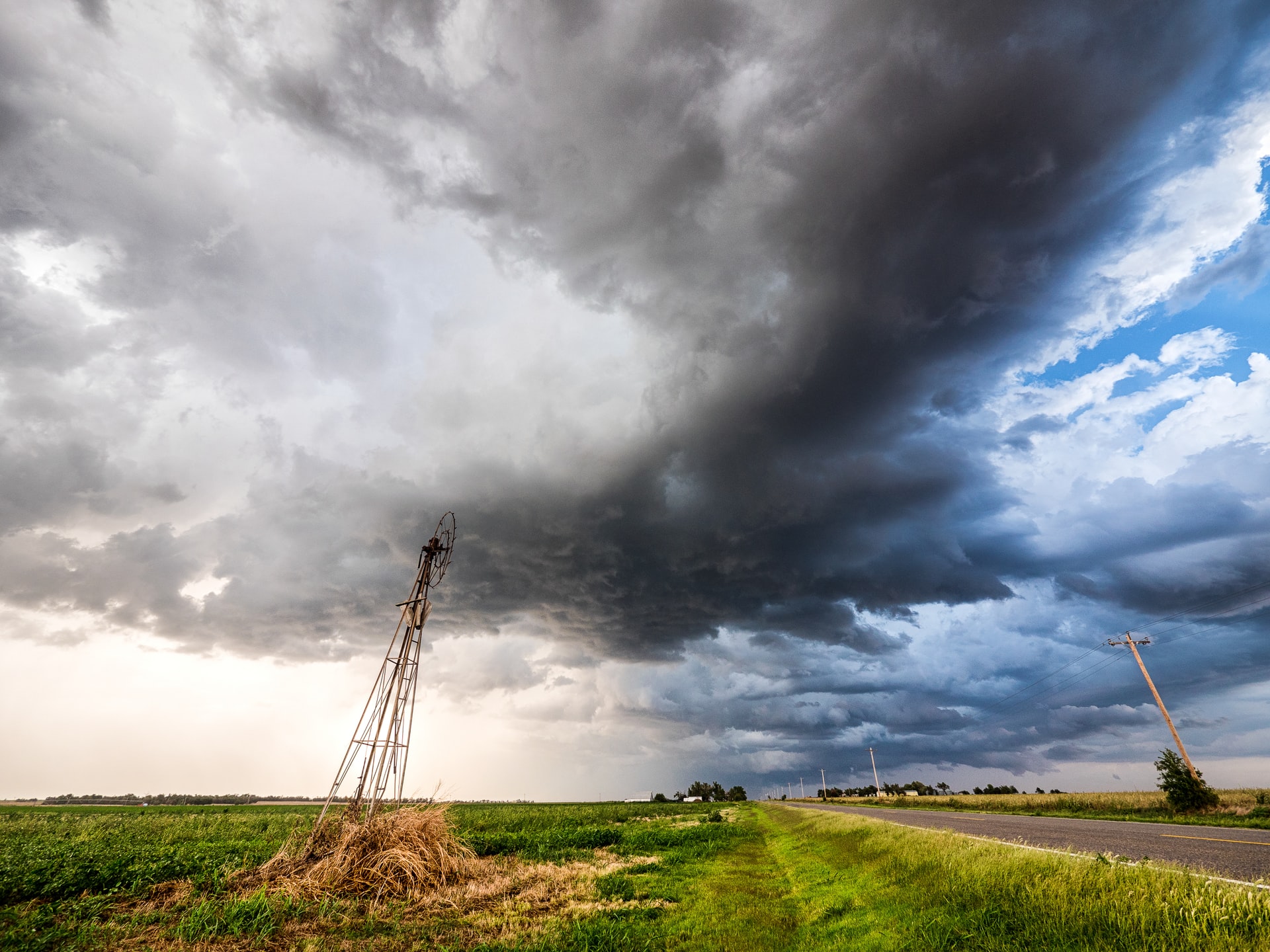Oklahoma follows the section 1202 100% tax exclusion on capital gains from the sale of QSBS. Therefore, capital gains on the sale of QSBS will not only be excluded from federal income taxes, but also state income taxes if all of the guidelines are followed.
Federal QSBS Exclusions and State Tax Implications
Allowing capital gains tax exclusions for Qualified Small Business Stocks (QSBS) encourages investment in US small business. QSBS laws help provide capital for these businesses while offering a savvy tax strategy for investors who want to minimize capital gains taxes.
Investors who hold qualified small business stock for at least 5 years can exclude up to $10,000,000 or more of their recognized capital gains from their taxable income if certain criteria are met.
Learn more about the criteria for Qualified Small Business Stock.
Each state has its own treatment of QSBS gains at the state income tax level. There are three ways in which states typically address the exclusion.
- Some states fully conform to the Federal QSBS guidelines, and therefore allow a full exemption if the stock meets the Section 1202 QSBS criteria. States conform to the federal tax code on either a static or rolling basis. “Static” conformity means the state starts conforming to the Internal Revenue Code as of a specific date. “Rolling” conformity means that the state adopts IRC changes as they occur. Alternatively, certain states do not have state income taxes and therefore there is no QSBS implication at the state level.
- Some states partially conform to the Federal QSBS guidelines, whereby the capital gains from QSBS are exempt if additional criteria beyond the Federal guidelines are met, such as only allowing exemptions if the QSBS gains were from a company doing business in that state.
- Lastly, certain states do not allow any capital gains exclusions for QSBS.
Find out how QSBS is recognized by each state here.
Oklahoma QSBS Exemptions
Oklahoma follows the Section 1202 100% tax exclusion on capital gains from the sale of QSBS. Therefore, capital gains on the sale of QSBS will not only be excluded from federal income taxes, but also state income taxes if all of the guidelines are followed.
Oklahoma follows the “Rolling” conformity–as stated in the previous paragraphs. Oklahoma does, at the Individual level, generally conform to the federal exclusion from gain for certain small business stock. See Okla. Stat. Ann. tit. 68, § 2358(D)(2); see also I.R.C. § 1202.
Oklahoma Capital Gains Tax Rates
Oklahoma taxes capital gains at the same rates as regular income with 6 brackets ranging from .5% for income up to $1,000 to 5% for income over $7,200.
In comparison, federal capital gains tax rates are lower than regular income taxes and have 3 brackets for single taxpayers which are:
- 0% for $0 to $39,375
- 15% for $39,376 to $434,550
- 20% for $434,551 or more
Entrepreneurship in Oklahoma
The Oklahoma Department of Commerce has resources from entrepreneurs,
“from aerospace to agribusiness and financial services to startups, we help businesses grow. Operating a business can be challenging, but Oklahoma has removed the barriers and streamlined the process to make it easier for companies to develop and grow. With living costs as much as 40% lower than the national average and world-class workforce development programs, we’re making it easier to plug into the Oklahoma business ecosystem to gain access to the people, programs, and tools that will support real-time business decisions.”
Among other industries, the following industries in particular thrive in the state:
- Agriculture and Forestry
- Energy
- Natural Resources
- Manufacturing
- Transportation
Other Investment Incentives Besides QSBS that Support Entrepreneurship
Oklahoma taxpayers can deduct 100% of their capital gains resulting from the sale of property in Oklahoma that was owned for at least five uninterrupted years or the sale of stock or ownership interest in an Oklahoma company, limited liability company, or partnership where the stock or ownership interest was held for at least two uninterrupted years.
Oklahoma Opportunity Zones
Oklahoma is home to approximately 117 Opportunity Zones.
Opportunity Zones (OZ) were created to help economically distressed areas by giving investors preferential tax treatment with new investments in these “specified” areas. Similar to QSBS, if the investment meets eligibility criteria and is held for at least 5 years, the investor can defer or be exempted from capital gains taxes (i.e. if held for at least 5 years, the taxpayer can exclude 10% of the gain and the percentage increases (or “steps up”) to 15% after 7 years).
Opportunity Zone investments can be in the stock of an OZ Qualified Business, an OZ partnership interest or an OZ business property.
To be a Qualified Opportunity Zone Business, the business must meet requirements such as at least 50% of the business’s total gross income being derived from within the Opportunity Zone. To learn more about Opportunity Zone qualifications, please refer to the Opportunity Zones and QSBS article.
Under the Tax Cuts and Jobs Act of 2017, 26 USC 1400Z-2, Oklahoma made Opportunity Zones, is also home to the associated tax relief incentives that accompany these zones which are effective for tax years beginning on or after December 31, 2017. Refer to this mapfor the Opportunity Zones in the state and here for all Opportunity Zones in the United States.
Some examples of Opportunity Zones in Oklahoma include:
- Oklahoma City Convention Center
- Scissortail Park
- 21C Museum Hotel
See more at The Alliance for Economic Development of Oklahoma City and Oklahoma Commerce.
This article does not constitute legal or tax advice. Please consult with your legal or tax advisor with respect to your particular circumstance.

